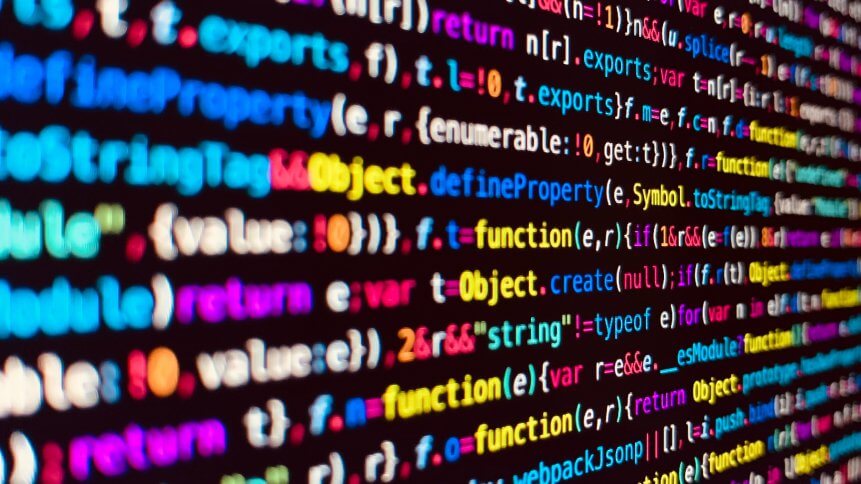New machine-learning method cuts energy use by 20%

- Engineers have developed a new machine-learning method capable of cutting energy use by over 20%
- The method also allows AI to complete tasks that were previously considered impossible
- The new method developed by the Swiss Center for Electronics and Microtechnology (CSEM) engineers could have big implications for machine-learning
Artificial intelligence (AI) engineers possess hands-on experience in machine-learning to help companies solve complex business problems by facilitating data-based decision-making and building new data-driven business models.
With the use of techniques in computational intelligence, pattern recognition, and predictive analytics to create future-ready machine-learning applications, they can optimize and automate business processes with intelligent algorithms.
While machine-learning development can help organizations drive business outcomes, it can also create breakthrough results and improve operational efficiency. That said, despite the global COVID-19 pandemic, artificial intelligence and machine learning have continued to make considerable progress.
The latest breakthrough has seen engineers at the Swiss Center for Electronics and Microtechnology (CSEM) develop a new machine-learning method capable of cutting energy use by more than 20%. The engineers’ research was published in IEEE Transactions on Neural Networks and Learning Systems. The method is said to also allow AI to complete previously impossible tasks considered too sensitive.
A new approach
The new approach devised by CSEM engineers focused on the refinement of a major aspect of AI called reinforcement learning, whereby a computer continuously improves upon itself by learning from its past experiences. The same type of AI was used by a supercomputer to beat the world champion in Go in 2016.
The technology’s main drawback, however, is that it’s too difficult to apply to practical scenarios and situations like training climate-control systems, as they are not able to deal with drastic changes in temperatures brought on by reinforcement learning.
In response, the CSEM engineers set out their stall to address the limitations of reinforcement learning, where a computer continuously improves upon itself by learning from its past experiences. This was done by demonstrating simplified theoretical models that could first be used to train computers, which would then be turned to real-life systems.
This allows for a more accurate machine-learning process that produces a more competent real-life system that learns from previous trial-and-error processes within the theoretical model – this newly-developed approach solves any issues with climate-control technology and ensures no drastic fluctuations occur for the real-life system.
“It’s like learning the driver’s manual before you start a car,” said the co-author of the study and head of smart energy systems research at CSEM, Pierre-Jean Alet, before adding, “with this pre-training step, computers build up a knowledge base they can draw on so they aren’t flying blind as they search for the right answer.”
Conserving energy use
One of the key advantages of the new method is its poise to deliver energy savings by over 20%, or one-fifth of what used to be expended. To ensure this, engineers tested the method on heating, ventilation, and air conditioning (HVAC) systems located in a 100-room building, with a three-step process.
The first step involved training a computer on “virtual mode”, before feeding the computer with real building data such as temperature, weather conditions, and other variables resulting in more accurate training. This was finally followed by the last step that allows the computer to run the reinforcement learning algorithms, which eventually resulted in the best approach forward for the HVAC system.
The discovery has been said to open new possibilities for machine-learning by expanding its uses to applications where large fluctuations can occur and incur important financial or security costs.
As energy evolves to meet the ever-expanding needs of the 21st century, technological and digital developments in energy consumption help enterprises to thrive in a smarter landscape that could optimize renewable energies, their integration, control, and maintenance.
The latest developments in AI and machine learning could be just a small step in helping to preserve the natural environment, drive economic development, and advance innovation across the energy sector.









